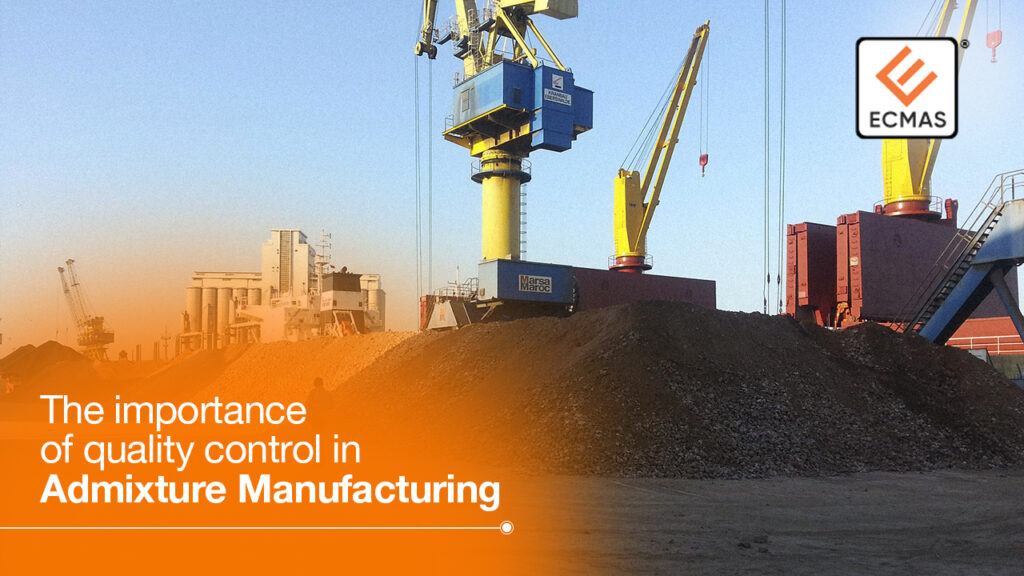Every year, the world collectively produces 4.4 billion tons of concrete. Its strength, durability, and low cost make it a popular material in many industries. However, despite its popularity, concrete manufacturing is a leading cause of carbon emissions, accounting for 4-8% of the world’s total carbon emissions.
How does concrete manufacturing contribute to carbon emissions?
Concrete is made using a mixture of fine and coarse aggregates like sand and gravel mixed with cement and water. Out of all the ingredients, the process of manufacturing cement causes the most amount of carbon emissions. For every ton of cement manufactured, around 900 kg of carbon dioxide is released back out into the world.
The cause of this massive amount of carbon emission is mostly rooted in the clinker manufacturing process. Clinker is a key component of cement. When raw materials such as limestone and clay are heated in a kiln to about 1,450C or 2,640F, a new material called clinker is produced. During this production, massive amounts of calcium oxide and carbon dioxide are released as by-products into the atmosphere.
How admixtures can help reduce carbon emissions
Fortunately, there are ways to reduce the carbon footprint of concrete manufacturing, and one of them is through the use of admixtures manufactured by admixture companies in India and across the world.
Admixtures are chemicals that are added to concrete to improve its properties, such as strength, durability, workability, and setting time. By adding admixtures to concrete, admixture companies in India can reduce the amount of cement needed, reducing the carbon emissions associated with its production.
Here’s how admixtures can help reduce carbon emissions in concrete manufacturing:
Reduce cement content
Supplementary cementitious materials such as fly ash, slag, silica fume, or like rice husk ash, etc., can partially replace cement in the concrete mix. This can reduce the amount of cement needed and, therefore, help reduce carbon footprint during its production.
Improve workability
Admixtures such as water reducers and plasticizers or superplasticizers can improve the workability of concrete, allowing it to be transported easily and more efficiently. This, in turn, reduces the need for energy-intensive mixing and placement methods. This can lead to significant energy savings and, therefore, reduced carbon emissions.
Enhanced durability and longevity
Admixture companies in India and across the world manufacture corrosion inhibitors and shrinkage reducers that can improve the durability and longevity of concrete structures. These type of admixtures reduces the need for frequent maintenance and repair. This helps extend the life of the structures and reduce the carbon emissions associated with their replacement.
Admixture companies in India can play a crucial role in reducing the carbon footprint of concrete manufacturing. By reducing the amount of cement and water needed in the mix, improving its workability, and enhancing its durability and longevity, admixtures can help reduce carbon emissions and promote sustainable construction practices. With the growing demand for eco-friendly building materials, the use of admixtures is expected to increase in the future, paving the way for a more sustainable world.




